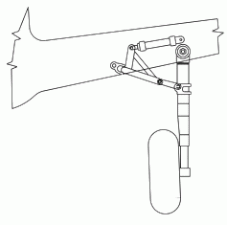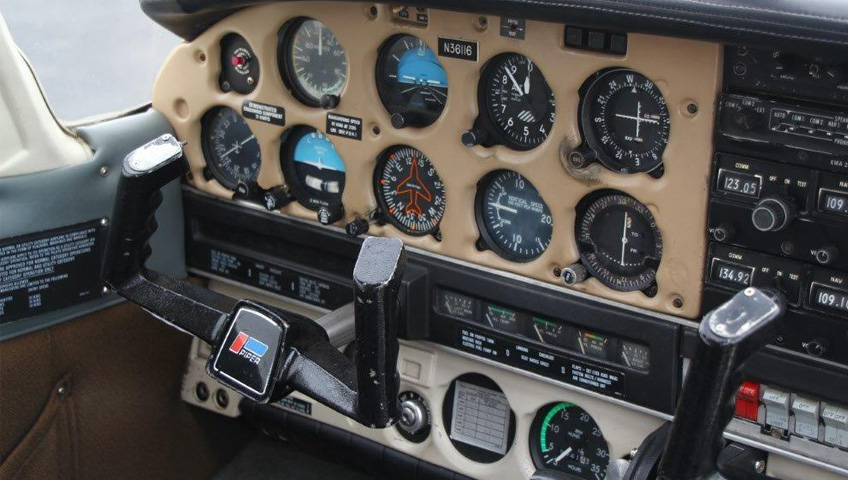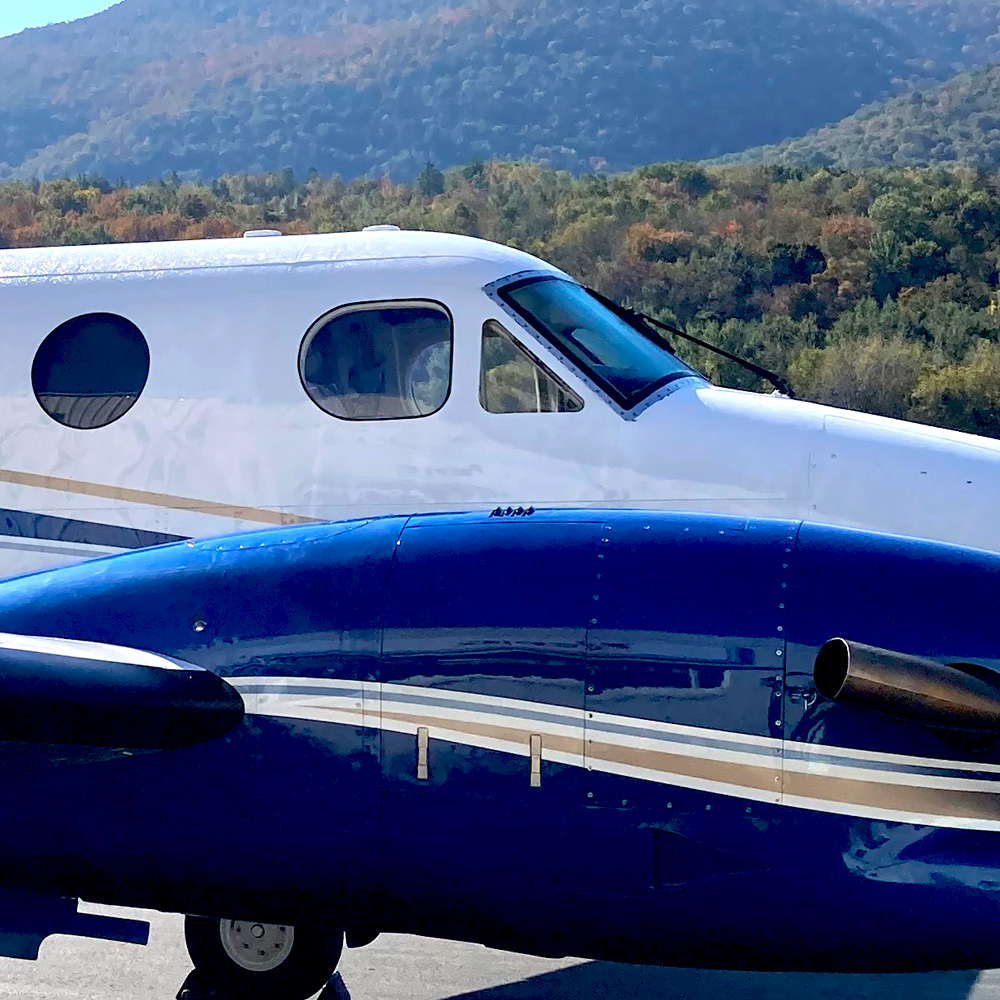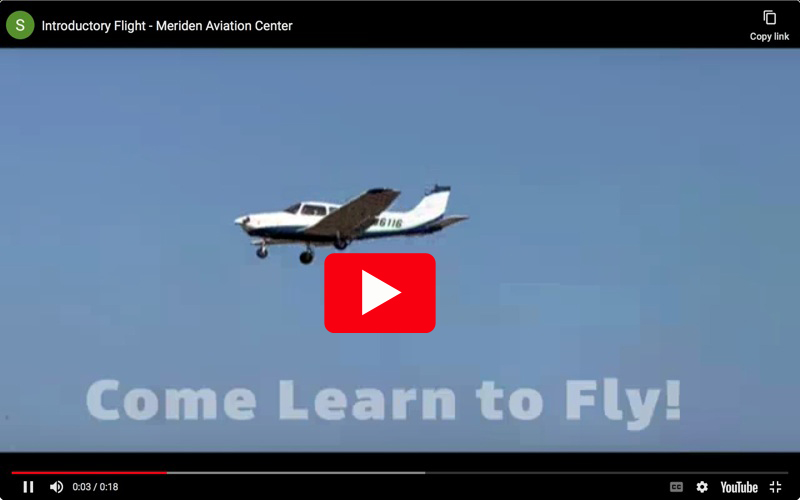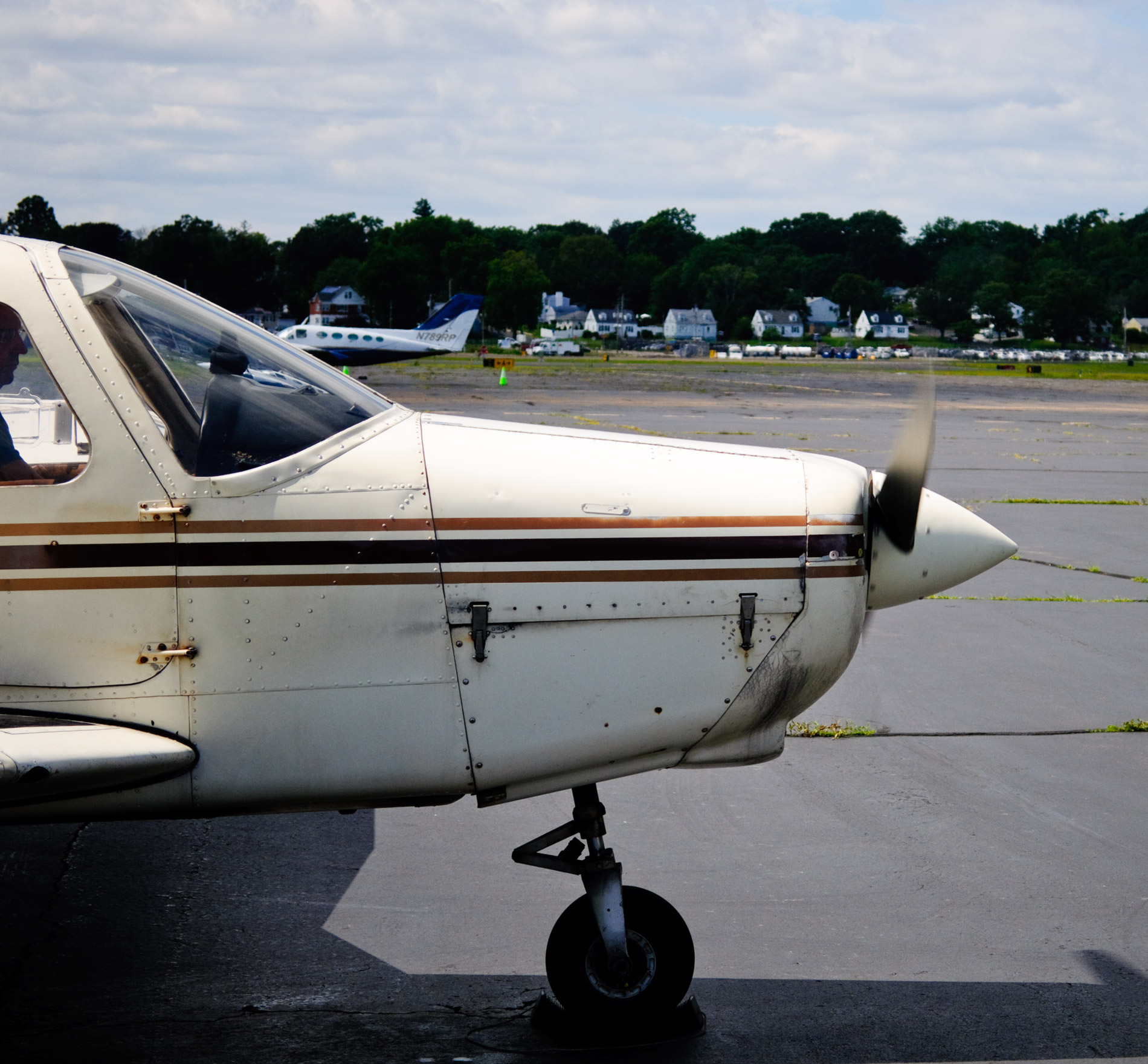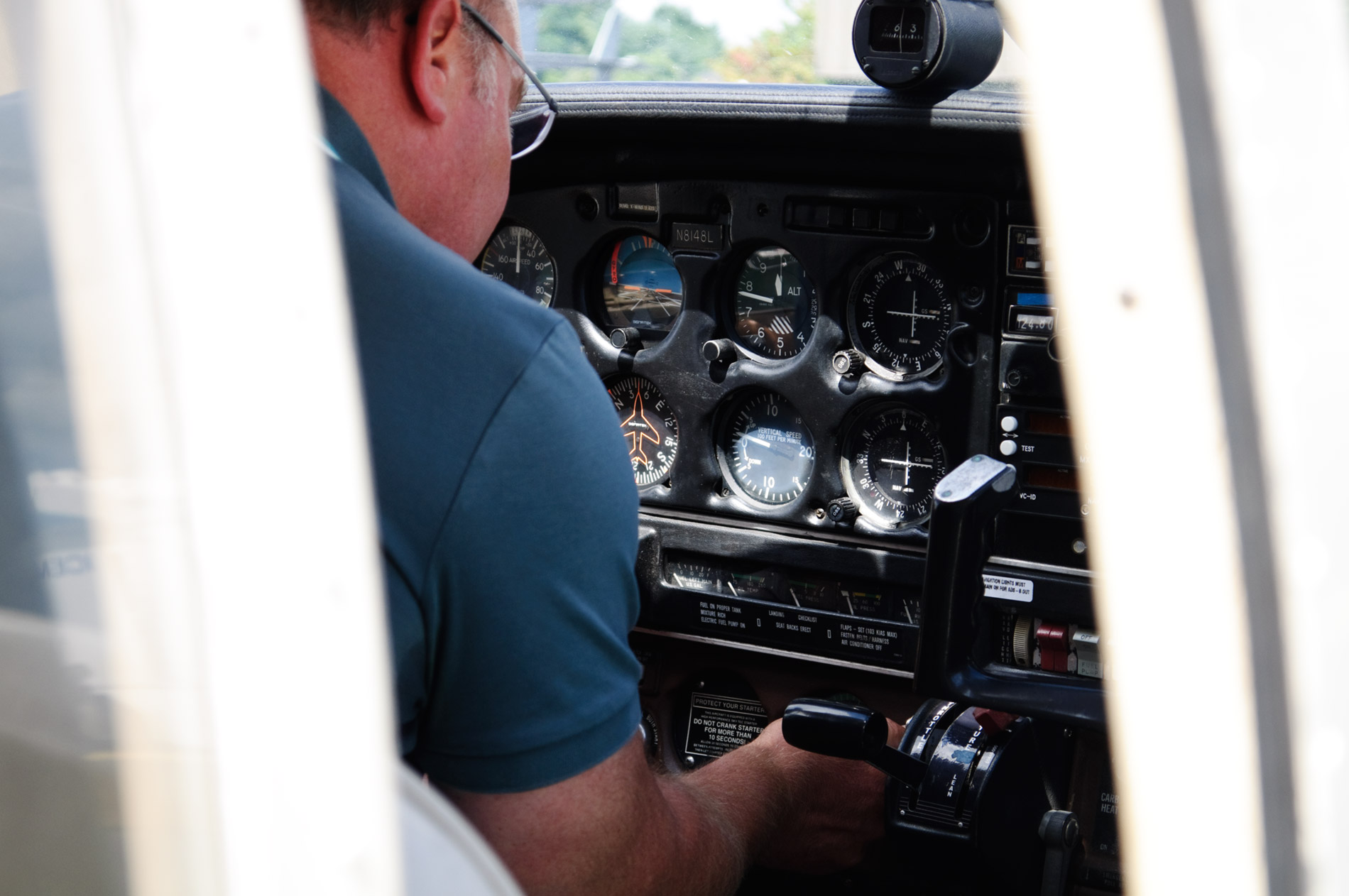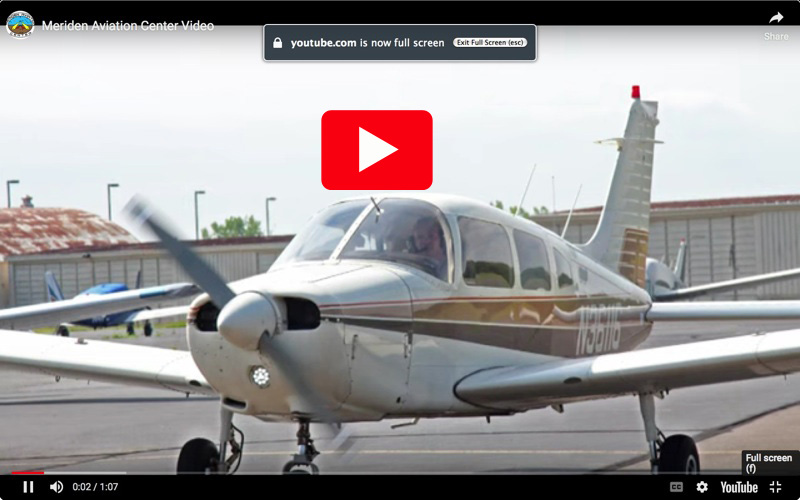Complex Ratings and Endorsements!
A complex airplane is defined by 14 CFR 61.31(e) as an airplane that has retractable landing gear, flaps, and a controllable pitch propeller (For seaplanes — just flaps and a controllable pitch propeller, not that we have one for you to fly!).
WHAT'S THAT MEAN?
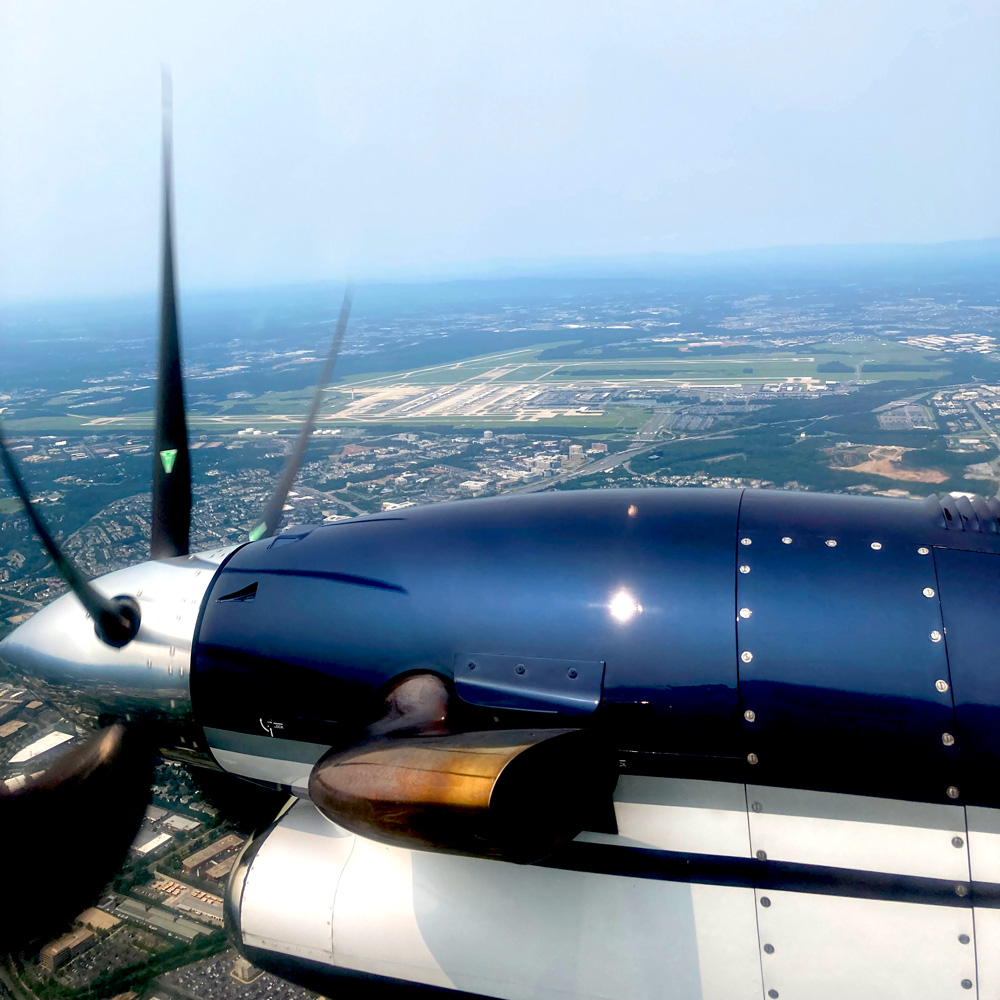 Since 1977, a separate endorsement is required for each operating privilege (e.g. retractable landing gear, flaps, and a controllable pitch propeller).
Since 1977, a separate endorsement is required for each operating privilege (e.g. retractable landing gear, flaps, and a controllable pitch propeller).
The complex endorsements is relatively easy to obtain, and it lets you to fly a wider range of aircraft.
Plus, it’s a lot of fun!
There are no minimum number of flight hours required to obtain a complex endorsement, although you will be required to receive and log ground and flight training from an authorized instructor in a complex airplane, or in a flight simulator or flight training device that is representative of a complex airplane, and have been found proficient in the operation and systems of the airplane.
Key Requirements for a Complex Endorsement:
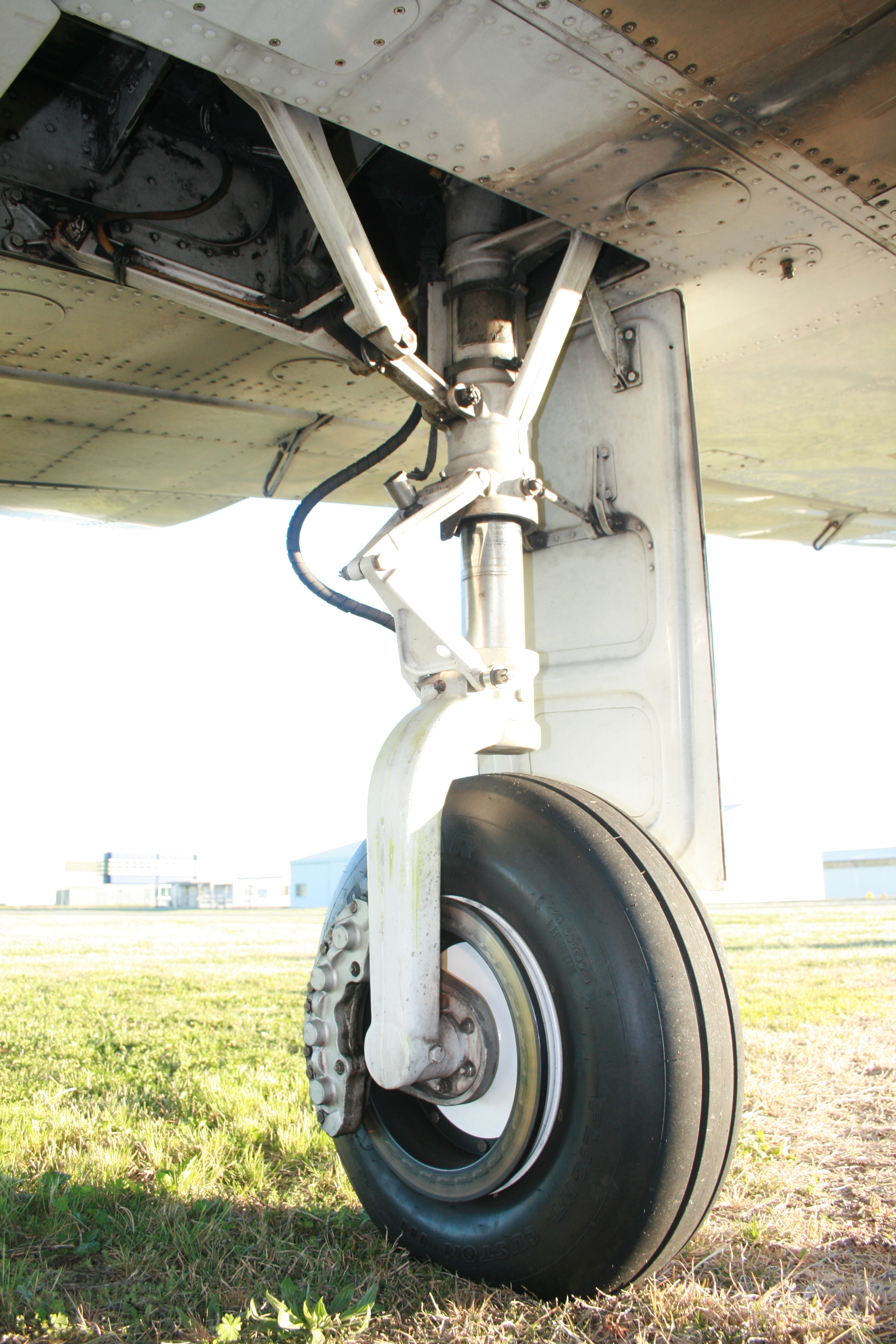
A complex airplane is defined by having retractable landing gear, a controllable-pitch propeller (a controllable-pitch propeller is one where the pitch is controlled manually by the pilot), and flaps.
Training:
Pilots must receive and log both ground and flight training from a certified flight instructor.
Proficiency:
The instructor must find the pilot proficient in operating the aircraft and its systems.
Endorsement:
Upon demonstrating proficiency, the instructor will provide a one-time endorsement in the pilot's logbook.
No Time Requirements:
There are no minimum flight hour requirements for the endorsement.
Prior Experience:
Pilots with documented PIC time in a complex aircraft before August 4, 1997, may not need the endorsement.
Training Aspects:
The training focuses on aircraft systems, best practices for flying complex aircraft, and the operation of retractable landing gear and controllable-pitch propellers.
Training typically involves familiarization with pre and post-flight procedures, cockpit procedures, start-up, taxi, run-up, take-off, climb, cruise, descent, and power management.
It also includes instruction on short-field takeoffs and landings, steep turns, and emergency procedures.
The number of flight hours required can vary depending on the pilot's experience and their familiarity with the aircraft.
A classroom session and a training flight with a certified FAA (Federal Aviation Administration) instructor in a high performance airplane, and the instructor will determine the pilot’s proficiency to operate the aircraft.
Once the training is completed, the flight instructor will sign the complex endorsement in the pilot’s logbook.
Get Started!
About Retractable Landing Gear
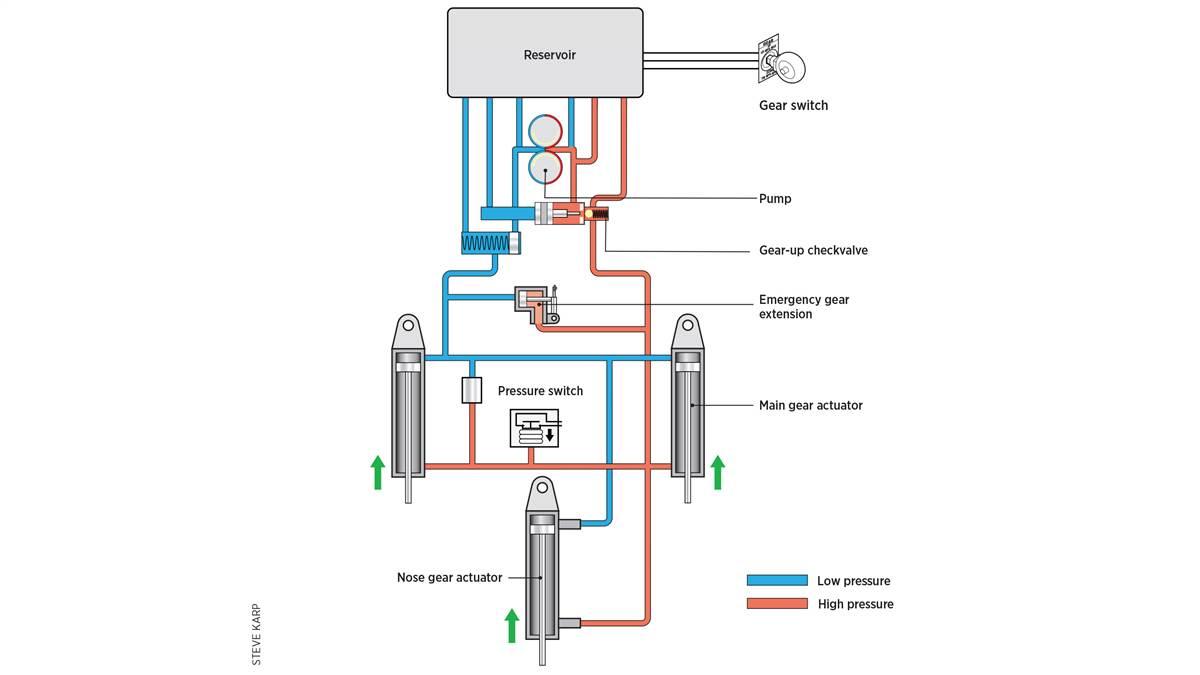 The Arrow's gear (which is the plane you'll train on) is hydraulically actuated by an electrically powered, reversible pump controlled by the gear selector switch on the panel, next to the throttle quadrant. (Other aircraft designs can employ electric motors to raise and lower the landing gear.) Hydraulic pressure holds the gear up, so there are no uplocks as on some aircraft. The landing gear retracts or extends in about seven seconds. Pilots flying any retractable-gear aircraft must be mindful of maximum gear retraction and extension speeds, which often are not the same. Although the glide ratio will decrease - sometimes dramatically - with landing gear extended, the extended gear act as an effective speed brake, and can provide some stability during turbulence.
The Arrow's gear (which is the plane you'll train on) is hydraulically actuated by an electrically powered, reversible pump controlled by the gear selector switch on the panel, next to the throttle quadrant. (Other aircraft designs can employ electric motors to raise and lower the landing gear.) Hydraulic pressure holds the gear up, so there are no uplocks as on some aircraft. The landing gear retracts or extends in about seven seconds. Pilots flying any retractable-gear aircraft must be mindful of maximum gear retraction and extension speeds, which often are not the same. Although the glide ratio will decrease - sometimes dramatically - with landing gear extended, the extended gear act as an effective speed brake, and can provide some stability during turbulence.
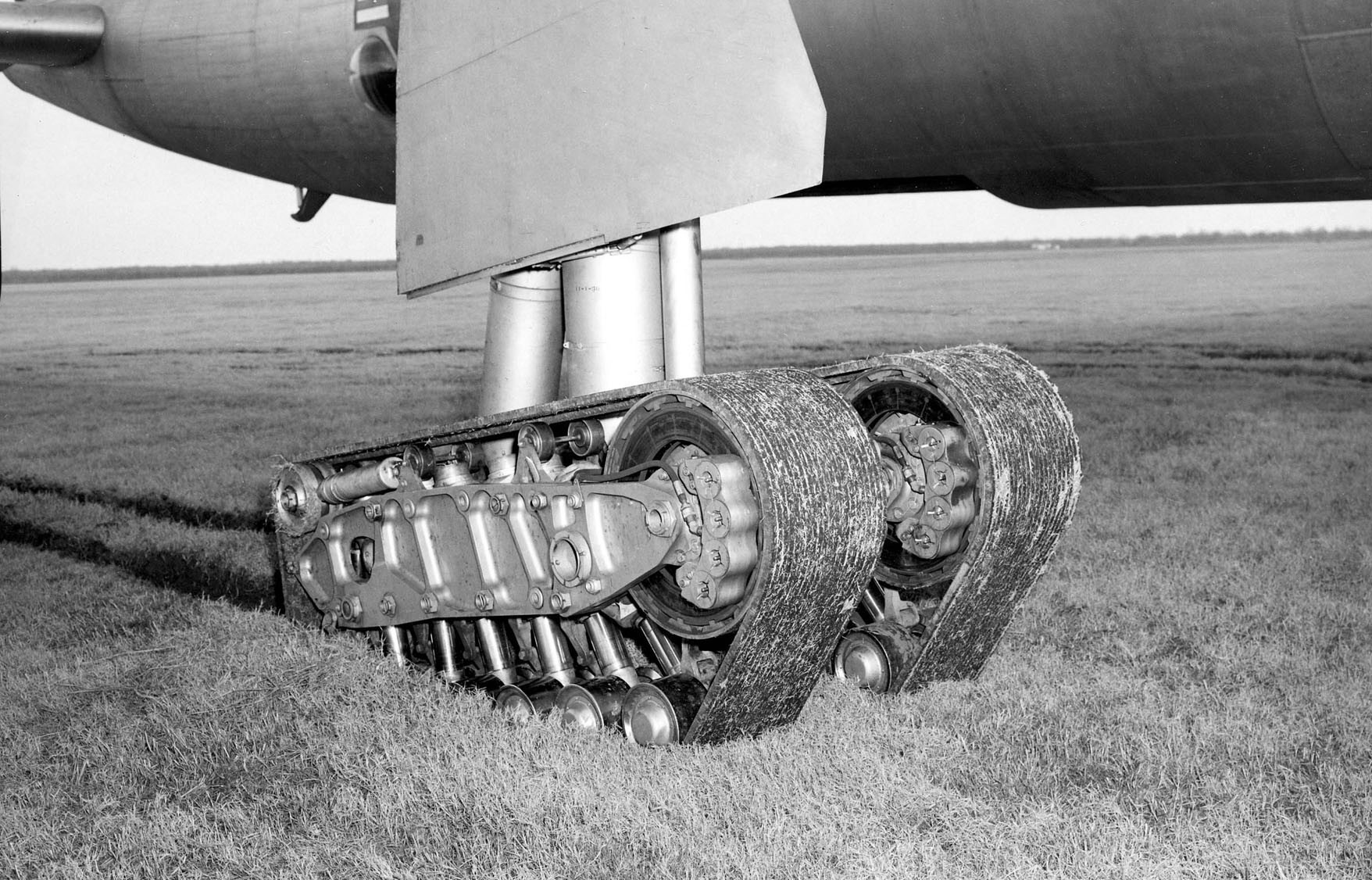 We cannot help with these, lol!
We cannot help with these, lol!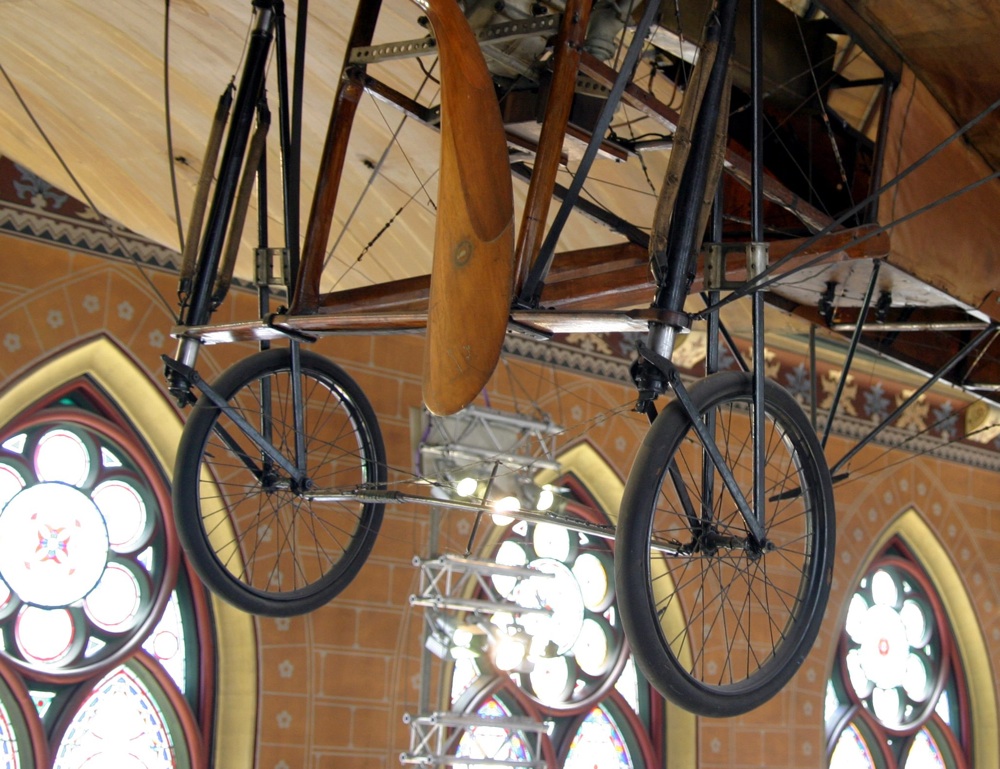
About Flaps
 and are primarily used during takeoff and landing. Flaps are referred to as high-lift devices. As airspeed is reduced, the wing must operate at an increasingly higher angle of attack, and the onset of stall will eventually limit lift production. Wings operate successfully without stalling only at low angles of attack to the flow. However, the deflection of the flaps allows the airplane to fly at lower airspeeds without stalling, commensurately reducing the takeoff and landing distances.
and are primarily used during takeoff and landing. Flaps are referred to as high-lift devices. As airspeed is reduced, the wing must operate at an increasingly higher angle of attack, and the onset of stall will eventually limit lift production. Wings operate successfully without stalling only at low angles of attack to the flow. However, the deflection of the flaps allows the airplane to fly at lower airspeeds without stalling, commensurately reducing the takeoff and landing distances.
About Controllable Pitch Propeller
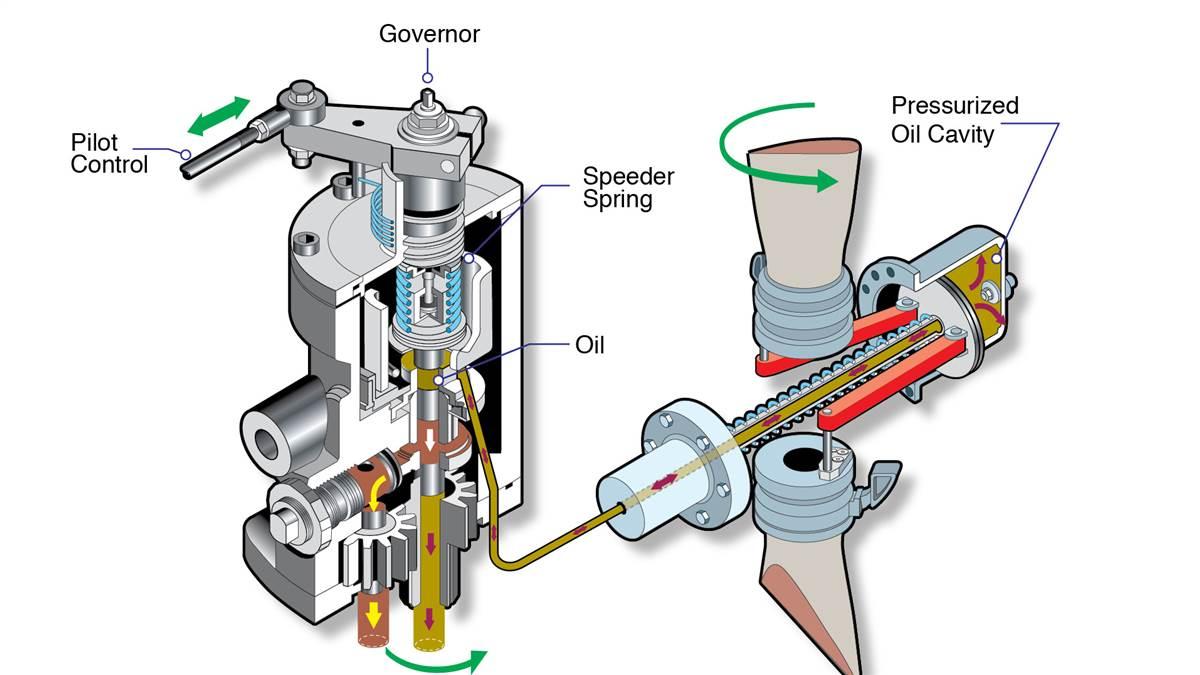 If pitch is too great, it creates drag and robs you of takeoff power. Too little, and you are forced to run the engine faster to achieve cruise speed. A fixed-pitch propeller isn't the best for takeoff, and isn't the best for cruise. That's all corrected by use of the constant-speed propeller. The pilot sets a low or fine pitch (high rpm) for takeoff, and a higher or coarse pitch (low rpm) for cruise, using a propeller control knob or lever next the throttle. With the controllable-pitch type, the blade angle can be changed in flight, but the pilot must change the propeller blade angle directly. The blade angle will not change again until the pilot changes it.
If pitch is too great, it creates drag and robs you of takeoff power. Too little, and you are forced to run the engine faster to achieve cruise speed. A fixed-pitch propeller isn't the best for takeoff, and isn't the best for cruise. That's all corrected by use of the constant-speed propeller. The pilot sets a low or fine pitch (high rpm) for takeoff, and a higher or coarse pitch (low rpm) for cruise, using a propeller control knob or lever next the throttle. With the controllable-pitch type, the blade angle can be changed in flight, but the pilot must change the propeller blade angle directly. The blade angle will not change again until the pilot changes it.
Read way more than you ever thought you could be written about props by clicking here.
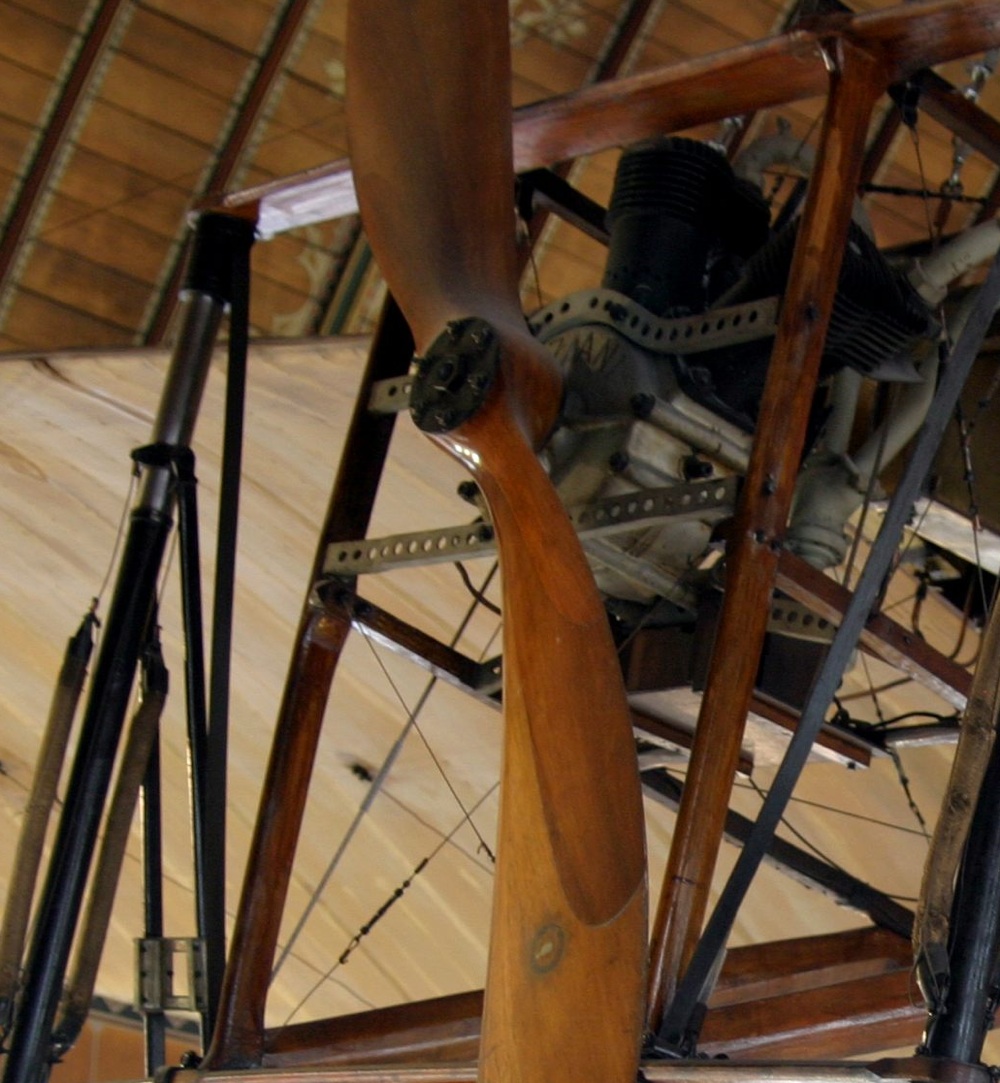 We can't help with this, either!
We can't help with this, either!
